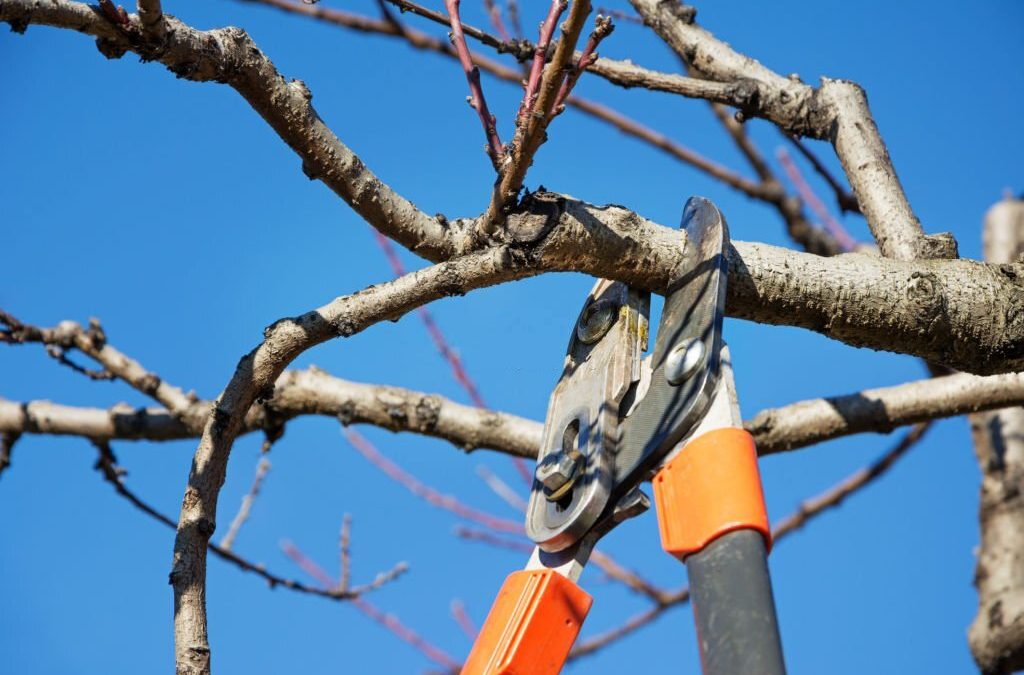When it comes to pruning or trimming trees, the frequency of these activities depends on various factors such as the age and type of tree, the environment in which it is growing, and the desired outcome—generally speaking. However, trees should be pruned or trimmed at least once a year. Trees are essential to our environment, providing oxygen, cleaning the air, and giving us beauty. They also provide wildlife habitat and shade in hot weather. Trees need to be trimmed or pruned for various reasons: safety, health, aesthetics, and maintenance. So how often should trees be pruned or trimmed?
The answer to this question depends on the type of tree and what it is used for. For instance, ornamental trees may need more frequent pruning than fruit trees or shade trees. Generally speaking, deciduous trees (trees that lose their leaves each year) should be trimmed or pruned in late winter before the growing season begins. Conifers (evergreens) generally don’t need to be trimmed as often; they can go years without requiring trimming. Regarding safety reasons, dead branches that could fall on the property or the people below should be removed as soon as they are noticed. Branches that interfere with power lines also should be removed quickly for safety reasons. In addition, proper trimming and pruning can help keep a tree healthy by removing diseased branches or those that rub against one another, causing wounds where fungi can enter the tree’s vascular system and cause disease.
Aesthetically speaking, regular pruning helps keep a tree looking its best by removing deadwood and maintaining its shape, so it looks balanced and not lopsided when viewed from all angles. Pruning can also help control the size of a tree so that it fits better into the landscape while still allowing room for growth. Finally, if you have fruit trees such as apple or pear trees, they will need regular annual trimming to promote healthy fruiting. The younger branches produce more flowers, which leads to more fruit production and reduces overcrowding so that sunlight can reach all parts of the tree evenly.
In general, you should plan on having your deciduous trees trimmed during late winter before new growth starts each year, conifers much less often, and fruit trees annually for optimal plant health and aesthetic value. Any safety concerns due to dead wood, broken limbs, or power lines should be taken care of immediately, regardless of seasonality considerations, to ensure everyone’s safety.

